Selecting the right professional dog trainer for your four-legged family member sets both of you up for success! Every dog deserves a trainer who uses and educates owners about methods that foster mutual trust and respect to strengthen the human-animal bond and help eliminate unwanted behaviors. During National Train Your Dog Month, the following questions will help you identify professional dog trainers who utilize positive reinforcement and force-free training methods.
- What dog training equipment is used and recommended to owners? A 6’ – 8’ leash is ideal for training (no retractable leashes, please). If your dog’s energy level is better managed with a harness, a front/back clip harness should help. Trainers that use/recommend pinch or prong collars, choke or check chains, spray collars and electric or shock collars are not using positive reinforcement methods.
- What happens during training when my dog responds appropriately? Your trainer should know what your dog values most highly – fun, attention, toys, or food – and use these to reward appropriate behavior.
- What happens during training when my dog responds inappropriately? A trainer using positive reinforcement methods should ignore or redirect your dog to an alternative appropriate behavior. Avoid trainers who use verbal reprimands or snap the leash to stop the undesired behavior.
- How does the trainer identify fear, anxiety or stress during training? Your dog should be continuously observed for signs of fear, anxiety, and stress including whining, growling, snarling, snapping, a furrowed brow, panting, ears set far forward or flat back, still legs, lip licking or tongue flicks, pacing, etc. If your dog exhibits one or more of these behaviors, the trainer should stop and reassess the situation before continuing the lesson.
- Which professional dog training associations is the trainer a member of and for how long? Graduates of the Karen Pryor Academy and members of the Pet Professional Guild use force-free principles to help you and your dog develop a bond built on trust and respect. Graduates of other training programs and members of other professional dog training organizations may use pinch or prong collars during training or punish your dog when it displays unwanted behavior.
- Are training results guaranteed? No dog training professional should guarantee their methods will be successful. Trainers should, however, commit to working with you to achieve the most appropriate behavior changes. Your commitment level and compliance with the recommended training methods will help contribute to successful training outcomes.
In addition to these questions, you should always ask a trainer for a list of client references so you can talk with them. By asking satisfied clients the first three questions above, you should be able to determine if a trainer uses positive reinforcement and force-free training methods. Review the trainer’s website – particularly the photos or videos – to see if any of the dogs pictured are wearing prong or pinch collars and if a dog’s unwanted behaviors are ignored or redirected to an alternative appropriate behavior.
